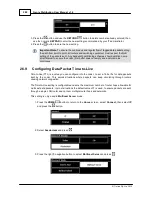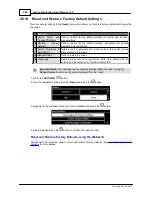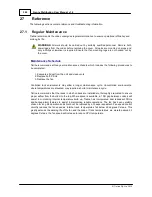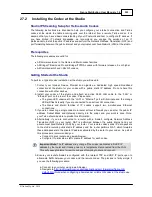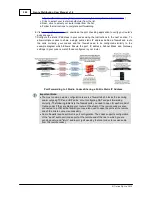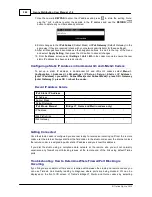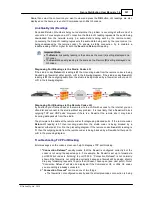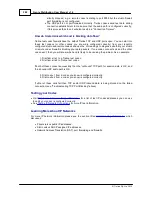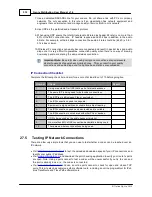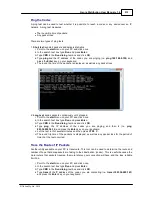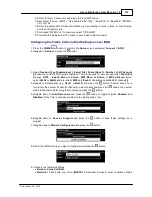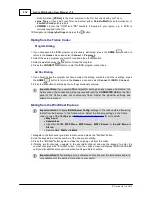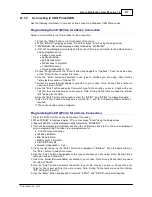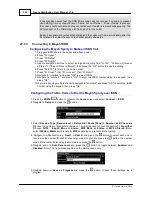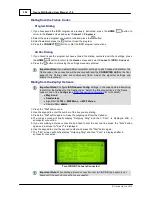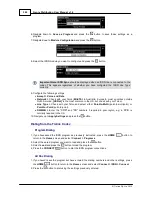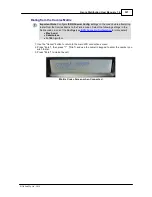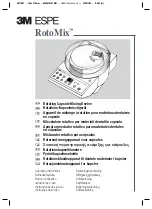
312
Genie Distribution User Manual v1.6
© Tieline Pty. Ltd. 2015
7. Use a dedicated DSL/ADSL line for your codecs. Do not share a link with PCs or company
networks. The only exception to this rule is if an organization has network equipment and
engineers that can implement and manage quality of service (QoS) on its network.
8. Use UDP as the preferred audio transport protocol.
9. When using UDP ensure the total bit rate (audio bit rate plus header bit rate) is no more than
80% of the ISP connection rate. IP headers require around 20 kbps in addition to the audio
bit rate. For example, with a 64 kbps connection the audio bit rate should be (64-20) x 0.8 =
31.2 kbps or lower.
10.Wireless IP connections can easily become congested and result in packet loss and audio
drop-outs. It is very difficult to guarantee connection quality when there is no way of knowing
how many people are sharing the same wireless connection.
Important Note:
Be careful when using cell-phone connections at special events
where thousands of people have mobile phones. This can result in poor quality
connections and audio drop-outs if cell-phone base stations are overloaded.
IP Connection Checklist
Complete the following check list and aim for a score of at least 8 out of 10 before going live.
Number
Check
Result
1
Using a reputable Tier1 ISP that’s part of internet backbone.
2
The same ISP is being used for both codec connections.
3
The ISP Plan is a Business Plan or equivalent.
4
The ISP connection speed is adequate.
5
Equipment is high quality and suitable for media streaming.
6
The ISP connection speed has been tested and is suitable.
7
The ISP connection is not shared with other PCs or devices.
8
UDP is being used as the audio transport protocol.
9
No more than 80% of ISP connection bandwidth is being used.
10
There are no wireless connections being used.
27.5
Testing IP Network Connections
There are a few very simple tools that you can use to test whether a codec can be reached over an
IP network.
·
Visit
http://www.speedtest.net/
to test the upload and download speed of your IP connections and
identify your public IP address.
·
Visit
www.portforward.com
and download the port checking application to verify your router's ports
are open. Note: Using a port scanner to test a codec will be unsuccessful if you try to scan and
the port is already in use, i.e. the codec is connected.
·
Visit
www.subnetonline.com
and use an online port scanner to check for open and closed TCP
ports. This site also has numerous other software tools, including an online ping webtool for IPv4,
plus TraceRoute and TracePath software tools.

